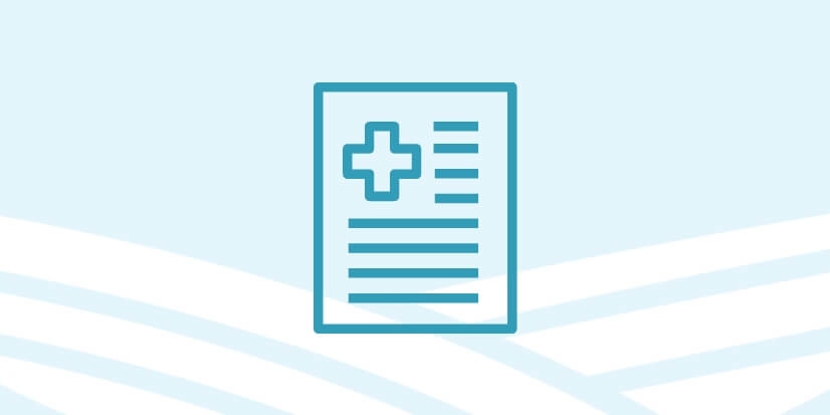Hard to see home hazards
- Category: Blogs
- Posted On:

Radon is not the only health hazard that could be inside your home.
Other potential hazards are hard to spot as well, including lead and mold. However, these culprits can be reduced through testing and prevention measures.
Lead
Lead is a naturally occurring metal that can damage the brain and nervous system. Lead exposure is especially dangerous for children, even at low levels. It can cause learning and memory issues, as well as attention problems and hyperactivity, according to the National Institutes of Health (NIH).
Homes built before 1978 likely have lead paint. Additionally, lead can get into drinking water through old lead pipes, faucets, and fixtures. Testing for lead is especially important for younger children, up to the age six. Lead levels can be checked with a simple blood test.
Lead sources must be cleaned by a certified professional. Local health departments can provide information on what to do with lead paint.
Mold
Most molds are harmless, but some can be dangerous. Mold can produce compounds that trigger allergies or asthma attacks.
Mold can grow in buildings when water gets in – on walls or other surfaces. Water can come from storms, floods, or other kinds of leaks. Sometimes mold can be seen or even smelled, and is described as being musty, stale, or damp.
The NIH offers the following tips for reducing home health hazards:
- Test exposed paint for lead in homes build before 1978
- Have children tested for lead exposure regularly, from at least birth through age six • Use vent fans in rooms that have a lot of moisture to prevent mold growth
- Dispose of items damaged by a leak or flood
- Clean small areas of mold on walls or fabric with hot, soapy water



